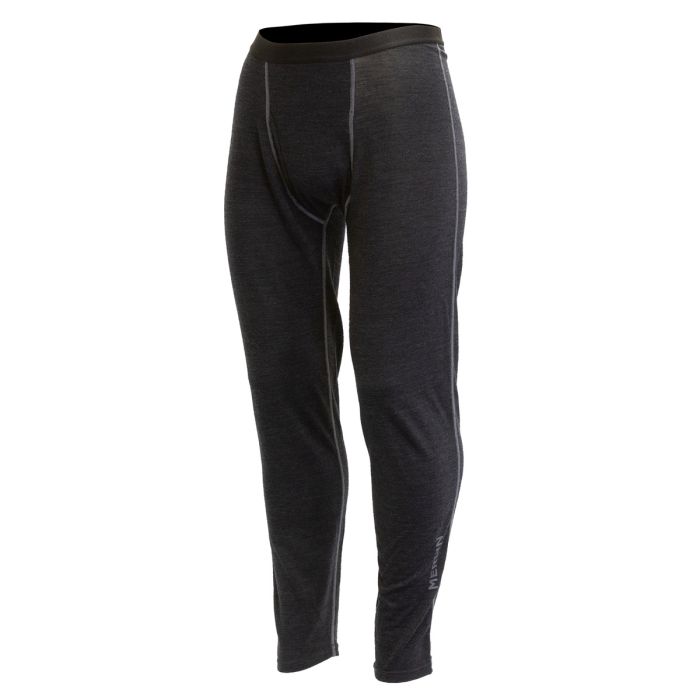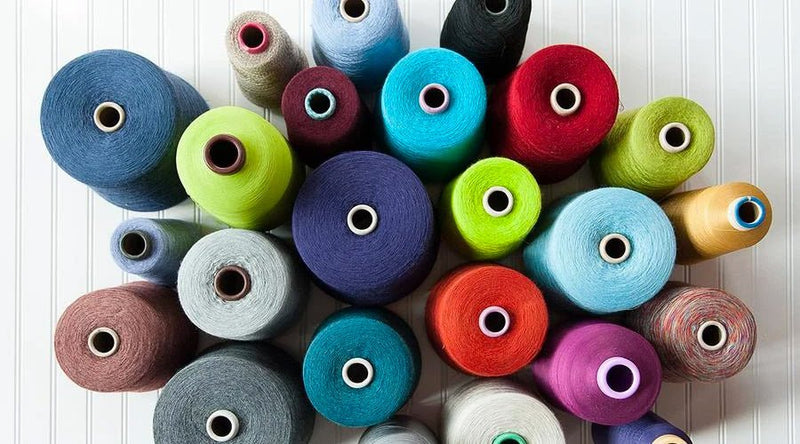High Rated Merino Wool Base Layer Website
Wiki Article
Why Are Yak Merino Wool Base Layers So Effective For Winter Sports Apparel In Regards To Warmth/Temperature Regulation And Moisture Management Durability, Comfort And Warmth?
Yak merino wool base layer excel in winter sports clothing due to a combination of factors that enhance warmth, temperature control and moisture management, as well as the comfort and durability. Warmth and Temperature Regulation-
Insulating Properties Merino and Yak wool are naturally insulate. Yak, due to its hollow filaments holds the air and provides exceptional warmth. Merino wool with its hollow fibers, is renowned for its excellent insulation.
Regulates Body Heat - The combination material can help regulate body heat by trapping the warmth in cold temperatures and allowing for breathability for high activity.
Moisture Management-
Moisture-Wicking Merino wool's moisture-wicking properties draw moisture away from the skin and then disperse it, preventing sweat build-up. Yakwool also helps transport moisture. This keeps users dry and comfortable when engaged in vigorous physical exercise.
Comfort-
Softness Merino fibers are renowned for their soft, fine fibers that are gentler on the skin. The addition of yak wool that also has soft fibers, increases comfort.
Odor Resistance - Both types of wool have antimicrobial properties that reduce the growth and spread of bacteria that cause odors. The garment stays fresh.
Durability-
Strength and Resilience: Yak wool has a extremely durable. When it is combined with the strength and resilience of merino fibres, the fabric is created to be strong and resistant.
Natural Fiber Benefits-
Renewable Fibers - Merino and Yak wool are biodegradable renewable fibers which make them a green choice.
Flexibility - The nature properties of these wools permit them to be used in a variety of weather conditions, maintaining their effectiveness in both wet and dry conditions.
The combination of yak and merino wool enhances the benefits of each, resulting in an excellent fabric for offering warmth, regulating temperatures, controlling moisture, ensuring comfort and being robust. The base layer of yak-merino blend is perfect for winter sports clothing. It can be used to cater to the demands of outdoor activities in colder climates and keep the wearer dry and comfortable. Check out the most popular she said for merino wool base layer for more recommendations including merino wool base layer mens, base layer for warmth, merino long underwear, sitka base layers, best merino wool base layer women's, best wool base layer, smartwool long underwear, patagonia merino wool base layer, merino wool thermal underwear, merino base layer womens and more.

What Are Some Benefits Of Wearing Bamboo Clothing With Regards To The Softness, Antibacterial Properties, Durability And Renewability?
Bamboo clothing provides several benefits that include the softness. Antibacterial properties. Durability. And renewability.
The silky and soft texture is often compared luxurious fabrics like silk or cashmere. It feels soft and smooth against your skin. It is a pleasant and comfortable fabric to wear.
Antibacterial Properties-
Bamboo is a natural material with antimicrobial qualities. Bamboo contains "bamboo-kun," an naturally found antimicrobial agent. This ingredient helps to stop the growth of odor-causing bacteria and fungi that can be found on fabric, making it fresher for longer periods and lessening the need for frequent washing.
Durability-
Strength- Despite their softness bamboo fibers are robust and durable. Bamboo clothing can resist regular wear, which makes it suitable for different tasks without sacrificing quality.
Renewability-
Rapid Growth- Bamboo grows extremely quickly, and without the need for pesticides. It will mature within a few years, making it accessible for sustainable harvesting, and reduces the impact on the environment of cultivation.
Sustainability-
Eco-Friendly Producing- Bamboo cultivation and processing typically have a smaller environmental impact than the production of synthetic materials. Bamboo's rapid growing as well as its low need for water and the ability to thrive in diverse climates make it a sustainable material.
Biodegradability-
Natural Decomposition: Bamboo clothing will naturally break down after the time it has been worn. This reduces the amount of that non-biodegradable products are disposed of in landfills.
Hypoallergenic Qualities
Bamboo fabric has a lower risk of causing skin irritations and allergic reactions than other synthetic fabrics, making it a perfect choice for people with sensitive skin.
The combination of its softness and antibacterial qualities, along with longevity, renewability and sustainability makes bamboo clothing a desirable choice for those who want practical, comfortable, and environmentally friendly apparel. These qualities make for a comfortable and environmentally friendly experience. Read the best bamboo clothings for site recommendations including bamboo newborn clothes, bamboo sportswear, bamboo viscose pajamas, clothes made from bamboo fiber, bamboo shirt, bamboo tee shirts wholesale, bamboo cotton shirts, bamboo shorts, bamboo sweatpants, bamboo clothing brand and more.

What Are The Distinctions Between Merino, Bamboo And Wool Clothes In Regards To The Texture, Warmth, And Moisture Absorbency?
In comparing merino wool, bamboo clothing and traditional wool, we can compare them in terms of texture, warmth and moisture absorption- Texture-
Merino Wool Merino Wool, also known as fine-fibered wool is renowned for its softer texture and smoother fibers. It is often regarded as more comfortable against skin.
Bamboo Clothing Bamboo clothing has a silky smooth texture. It is often compared with luxurious materials such as silk or cashmere. It is soft, making it a comfortable fit.
Traditional Wool The texture of traditional wool can be different. Some types are coarser, and may cause more itching than bamboo clothing or merino clothing.
Warmth-
Merino- Merino provides exceptional warmth thanks to its insulating qualities. Even when it is damp, it retains warmth and offers effective insulation during cold winter conditions.
Bamboo ClothingBamboo clothing can be warm, but it might not offer the same level of insulation like Merino wool. It regulates body's temperature and offers the comfort you need in all conditions.
Traditional Wool- Similar to wool from sheep that is merino, wool traditional provides warmth and insulation. Although it is often more heavy, or bulkier than bamboo or merino clothing.
Moisture Absorption-
Merino Wool Merino Wool's moisture-wicking properties allow moisture to be able to escape from the skin. Even when it is wet the wool is warm.
Bamboo Clothing: Bamboo fabric also has moisture-wicking capabilities which draw away moisture from the skin while providing comfort during physical activities. Bamboo clothing regulates humidity and keeps wearers dry.
Traditional Wool: While wool absorbs moisture however, it does not have the same wicking ability as merino and bamboo fabrics. If wet, certain types of wool may appear heavy and damp.
Merino wool is known for its warmth, softness and moisture-wicking abilities. Bamboo clothing provides a silky and smooth texture, sufficient warmth, and good moisture regulation. Traditional wool could have a different texture, and provide warmth and moisture absorption however they are more coarse or heavier when compared with wool or bamboo clothing. Each material has its unique properties that cater to different preferences and requirements in clothing. Check out the most popular bamboo winter clothing blog for blog info including best merino base layer, cheap merino wool base layer, merino base layer cycling, ski base layer pants, smartwool classic thermal, merino wool base layer womens, men's wool leggings, merino ninja suit, smart wool baselayer, wool layers and more.
